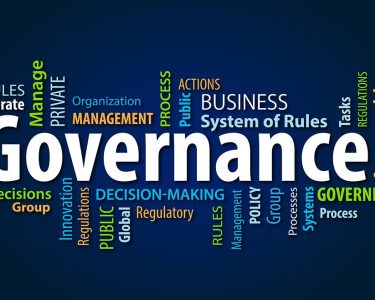Welcome to the land of opportunity, where everyone is equal under the law – or so we have been told. But is that really true? When it comes to justice in America, there are troubling inequalities that cannot be ignored. From racial disparities and income inequality to systemic biases and flawed policies, our legal system has a long way to go before it can truly claim to provide justice for all. In this blog post, we will examine these issues in detail and explore why they exist. Join us as we take a closer look at the realities of our legal system and what needs to change if we want real equality under the law.
Overview of the U.
S. legal system
The U.
S. legal system is a complex network of federal, state, and local courts that work together to uphold the law and protect the rights of citizens. At the federal level, we have the Supreme Court – the highest court in the land – which has nine justices appointed by the President for life terms.
Below the Supreme Court are 94 district courts spread across 50 states and territories where trials take place. Appeals can be made to one of 13 circuit courts, each covering several states or regions.
In addition to these federal courts, every state has its own court system that handles criminal cases, civil disputes, family matters, and more. These state-level systems differ from one another in many ways but generally follow a similar hierarchy as those at federal level.
Judges preside over trials in both federal and state courts while juries decide on evidence presented during trial to determine whether someone is guilty or not guilty.
The U.
S. legal system also includes various legal professionals who play crucial roles such as attorneys (prosecutors representing government or defense attorneys representing individuals), paralegals providing support services for lawyers etc., all working towards ensuring justice is served fairly across different levels of society.
Inequalities in the legal system
The U.
S. legal system may seem impartial, but the reality is that it’s riddled with inequalities that affect marginalized groups more than others. One of the most significant examples of this is racial disparities in sentencing.
Studies have shown that Black and Latinx defendants are more likely to face harsher punishments than white defendants for similar crimes. This inequality stems from a variety of factors, including implicit bias among judges and prosecutors, as well as systemic racism within law enforcement.
Another area where inequalities exist is access to legal representation. Those who can’t afford an attorney often rely on overworked public defenders who don’t have the resources or time to provide adequate representation. This leaves many vulnerable individuals at risk of being wrongfully convicted or receiving unfair sentences.
There are also disparities when it comes to bail and pretrial detention. Wealthy defendants can often post bail easily while low-income individuals may be stuck in jail for months awaiting trial simply because they cannot afford bail.
These are just a few examples of how inequalities pervade our legal system, disproportionately affecting those who are already marginalized by society. Addressing these issues requires systemic change within our justice system, including reforming sentencing guidelines, increasing funding for public defenders’ offices, and ensuring everyone has equal access to quality legal representation regardless of socioeconomic status or race.
Reasons for these inequalities
There are many reasons for the inequalities that exist within our legal system. These inequalities can be seen in areas such as racial profiling, harsher sentencing for minorities, and disparities in access to legal representation.
One major reason for these disparities is systemic racism. The history of slavery and segregation has led to deep-rooted prejudices against certain groups, which can affect how they are treated in the justice system. This bias can manifest itself in everything from police stops to jury selection.
Another factor contributing to these inequalities is poverty. Individuals who cannot afford proper legal representation may have a harder time navigating the justice system or receiving fair treatment under the law. This can lead to longer sentences, more severe charges, and an overall lack of support throughout their case.
Additionally, there is often a lack of diversity within positions of power in the legal field. This means that decision-makers like judges and prosecutors may not fully understand or empathize with those from different backgrounds. As a result, they may make decisions that further perpetuate inequality and injustice.
Addressing these root causes will be vital in creating a more just and equal legal system for all individuals regardless of race or socioeconomic status. It will require changes at every level – from individual attitudes to institutional policies – but it’s necessary work if we want a truly equitable society.
Conclusion
It is evident that our legal system has significant inequalities that need to be addressed. These inequalities have been shaped by various factors, including socioeconomic status, race, ethnicity, and gender. While there are efforts being made to mitigate these disparities in the legal system, more needs to be done.
It is crucial for us as a society to recognize these disparities and work towards addressing them. We must advocate for equal access to justice for all individuals regardless of their background or economic standing. It is only through collective effort that we can achieve a fair and just legal system where everyone’s rights are protected.
Therefore, let us continue having conversations around the issue of inequality within our legal systems and push for reforms that promote equality of outcomes rather than just equality before the law. Only then can we truly say that justice has been served equally to all citizens in this country.




